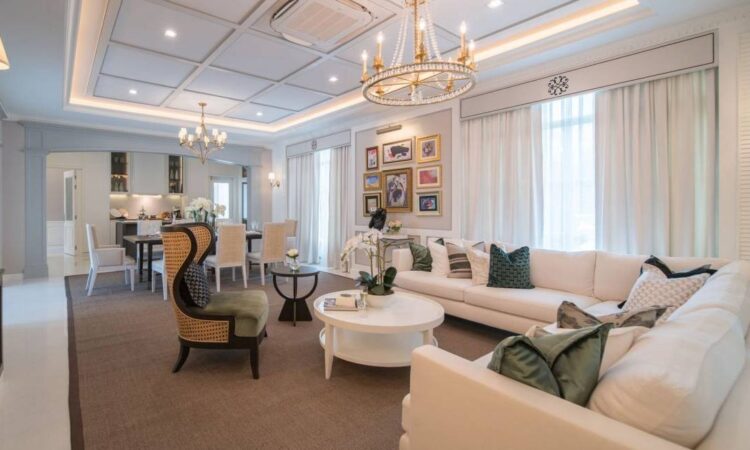
When photography concerns 3D rendering, photorealism is the biggest goal of every photographer. But it can be a big challenge to achieve it, especially when one is a newcomer. Thanks to modern photography tools and techniques, it is easier to achieve 3D photorealism. Photorealism is required to create artwork that is stunningly and outstandingly realistic. Graphics mediums play a vital role in achieving a realistic appearance. Photographers utilize certain tips and practices to achieve 3D photorealism in 3D rendering. The article highlights some of the effective techniques that help to achieve the effects of vivid visualizations with ease.
Beveling application
In a beveling application, the natural objects are placed around unlike sharply edged. To develop a realistic appearance, one can utilize bevel applications along with managing 3D renders. The application helps with the successful handling of the right light solution. The biggest outcome of the beveling application is the creation of a life-life visualization that looks realistic and natural. Moreover, the application enables one to focus on the details by making the 3D renders appear more natural, similar to the actual world.
Color fringing or chromatic aberration
Though the name sounds complex, one will be amazed to find that chromatic aberration is one of the easiest methods to make 3D rendering appear stunningly real and vivid. Also referred to as “color fringing,” it takes place when the color spectra are not offered at the same accurate convergence point. The outcome of chromatic aberration is the development of a subtle red or blue outline surrounding the highly contrasting borders. The most important aspect of the practice is to avoid overdoing it and add 3D photorealism naturally.
Photometric lighting
Several 3D artists miss out on the application of photometric lighting in their work. This shouldn’t be the practice as photometric lighting is an application that imitates natural lighting more vividly. The practice seems more practical in architectural visualization, and to achieve the effect, one needs IES light profiles. The IES light profiles help 3D artists quantify important data digitally. It is noted that using IES light profiles helps save time and achieves better outcomes.
Blurred background
Yet another easy method of enhancing the photorealism effect of 3D renders is by the application of the depth of field in photography. Such a practice renders a blurring effect on the background surrounding the objects, thereby enabling them to appear in the spotlight. Furthermore, the depth effects also enable one to enhance the composition of rendering significantly. Thus, it helps to achieve the effects of real-life photography. This is an excellent measure that helps to take authority over 3D models concerning post-production, and also saves a lot of time.
Conclusion
3D photorealism is an essential aspect today and is applicable in several industries. Multiple techniques and practices are utilized to achieve stunning life-like or realistic visualizations. 3D artists and experts need to practice them to achieve unbelievable visualization and woo audiences. Moreover, 3D rendering in photography has become one of the easiest, most cost-effective, and least time-consuming methods to create realistic photography.
